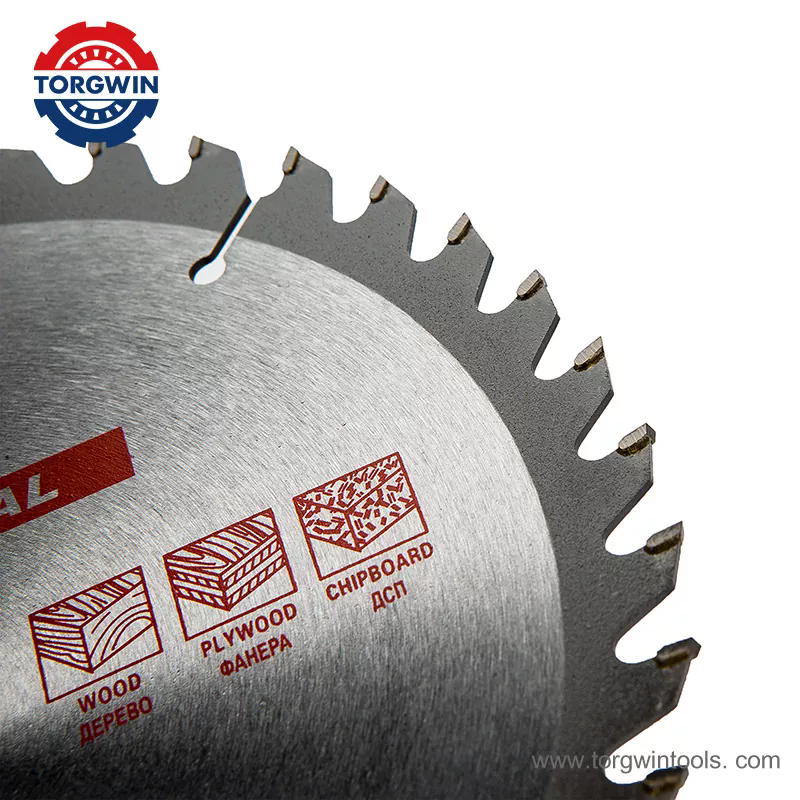Benefits and Features of Alloy Saw Blade For Cutting Wood
2024-07-03
Alloy saw blades designed for cutting wood offer several benefits and features that cater specifically to the needs of woodworkers and professionals in the woodworking industry:
1. Durability: Alloy saw blades are made from high-quality materials such as carbide-tipped or high-speed steel (HSS) with alloying elements. This enhances their durability and allows them to withstand the rigors of cutting hardwoods and softwoods without dulling quickly.
2. Sharpness Retention: The use of carbide tips or alloys ensures that the saw blades maintain their sharp cutting edges for a longer period compared to standard steel blades. This reduces the frequency of blade sharpening or replacement, saving time and maintenance costs.
3. Precision Cutting: Alloy saw blades are engineered for precision cutting, delivering smooth and clean cuts in wood materials. This precision is crucial for achieving accurate dimensions and smooth surfaces in woodworking projects.
4. Heat Resistance: The alloy composition of the saw blades provides heat resistance during prolonged cutting operations. This helps prevent overheating of the blade and reduces the risk of warping or damage to the blade itself or the workpiece.
5. Versatility: Alloy saw blades are versatile and suitable for cutting a wide range of wood types, including hardwoods, softwoods, plywood, and composite materials. They can also be used for cutting laminates and veneers without splintering or chipping.
6. Reduced Noise and Vibration: Advanced alloy saw blades are designed to minimize noise and vibration during cutting, improving operator comfort and reducing fatigue during extended use.
7. Compatibility: Alloy saw blades come in various sizes and configurations (e.g., rip, crosscut, combination), making them compatible with different types of saws including table saws, miter saws, circular saws, and panel saws.
8. Longevity: Due to their robust construction and superior materials, alloy saw blades typically have a longer service life compared to standard steel blades, providing consistent performance over time.
9. Safety Features: Many alloy saw blades incorporate design features such as anti-kickback shoulders or expansion slots to enhance safety during operation by reducing the risk of kickback or binding.
10. Cost-Effectiveness: Although alloy saw blades may have a higher initial cost than standard steel blades, their extended lifespan and superior cutting performance often result in long-term cost savings and improved productivity.
Overall, alloy saw blades for cutting wood combine durability, sharpness retention, precision, and versatility, making them essential tools for achieving high-quality results in woodworking projects of varying scales and complexities.



